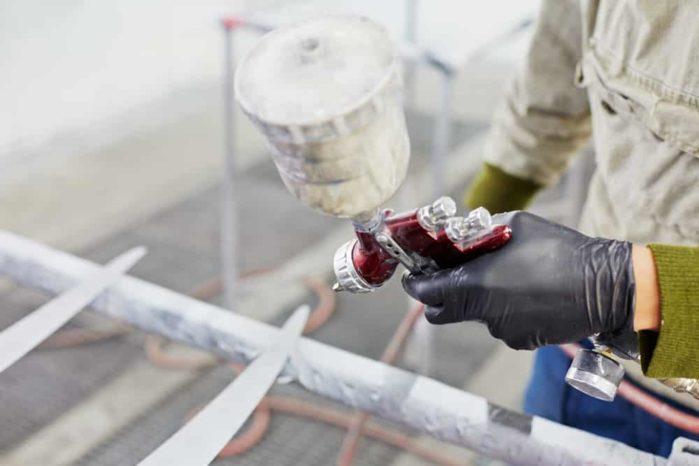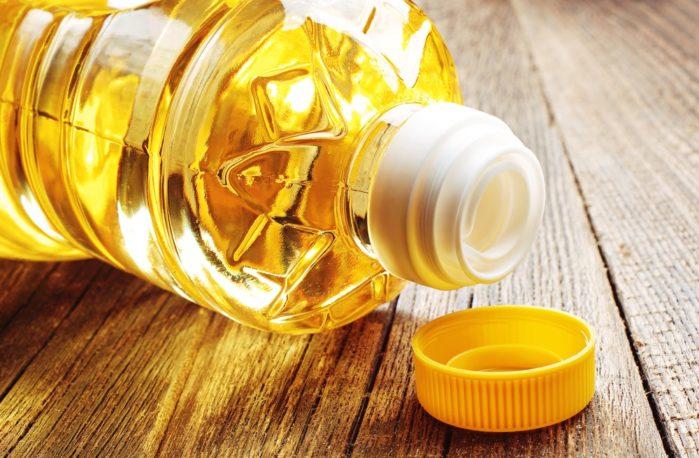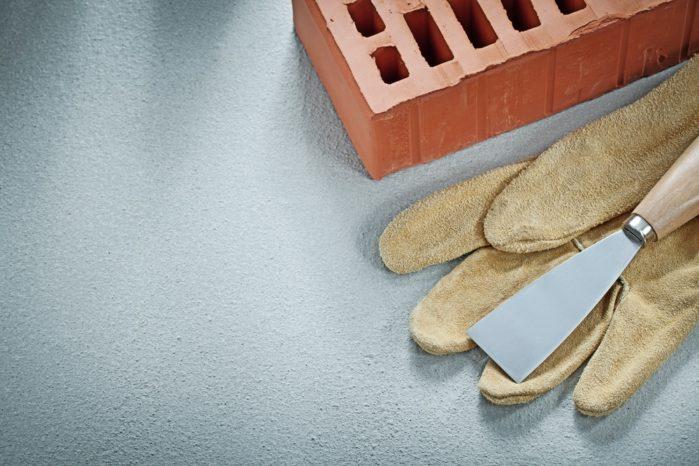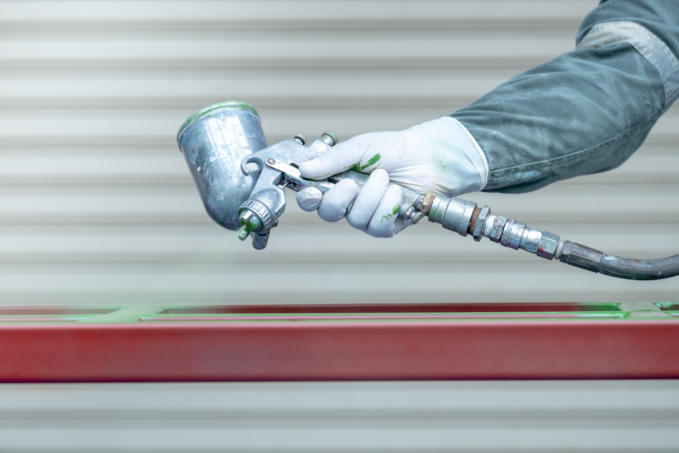
Painting is a popular way to tidy up our homes, furniture, or various items made of plastic. However, accidents can happen, and paint may wind up where it shouldn’t be. Removing oil-based paint from plastic can be a daunting task, yet with the right tools and techniques, it tends to be done quite easily. In this aid, we will explore how to get paint off plastic; specifically, we will focus on how to remove oil based paint from plastic.

Materials you’ll require to remove Oil based Paint from Plastic:
Rubbing Alcohol or Acetone: Both are successful paint removers for plastic. Acetone is more grounded; however, it can be harsh on certain plastics, so use it cautiously.
Applying Vegetable Oil: You may obtain vegetable oil that can loosen up the pain from the plastic. So, how do you do this trick while using a little portion of vegetable oil? You may get a soft cloth and wipe the vegetable oil on the surface of the paint until it starts to fade gradually.
Gloves: To protect your hands from the chemicals.
Safety Glasses: To protect your eyes from splatters.
Soft Cloths or Sponges: To apply and wipe away the paint remover.
Plastic Scraper or Old Visa: For tenderly scraping off released paint.
Mild Soap and Water: For final cleaning.
Protective Covering: To safeguard surrounding areas from potential splatters.

How To Remove Oil Based Paint from Plastic: A Simple Process
Step 1: Prepare Your Workspace
Before you start, guarantee that you are working in a well-ventilated area. Lay down a protective covering to safeguard surrounding surfaces and items from potential splatters or spills. It’s also advisable to wear gloves and safety glasses for your protection.
Step 2: Test a Small Area
Before applying any paint remover to remove paint from plastic, it’s wise to test it on a small, subtle area of the plastic to make sure it causes no damage or discoloration. This is especially important on the off chance that you’re dealing with a delicate or valuable plastic item.
Step 3: Apply Rubbing Alcohol or Acetone
Moisten a soft cloth or sponge with rubbing alcohol or acetone. Tenderly rub the paint-stained plastic in a circular movement. Avoid over-the-top strain, as it may damage the plastic. The paint ought to start to soften and put on a show of being your rub. If the paint doesn’t appear to move, reapply the solvent and allow it to sit for a moment to relax the paint further.
Step 4: Scrape the Paint
Use a plastic scraper, an old Visa, or your fingernail to scrape off the released paint tenderly. Be cautious not to scratch or gouge the plastic, especially on the off chance that it’s a delicate surface. Keep on applying the solvent and scrape until the paint is removed.
Step 5: Clean the Surface
Whenever you’ve removed the paint, clean the plastic surface with mild soap and water to remove any residue from the solvent. Wash the plastic thoroughly and dry it with a clean cloth.
Step 6: Repeat if Necessary
At times, stubborn paint may require multiple attempts to remove it altogether. Essentially, repeat the cycle until the plastic is liberated from the paint. Patience and persistence are key to achieving a clean outcome.

Tips and Precautions to Remove Oil Based Paint from Plastic
Use the Right Solvent:
Choosing the appropriate solvent is paramount for effectively removing oil-based paint from plastic surfaces. The decision between rubbing alcohol and acetone relies on the sort of paint you’re dealing with, and it’s essential to get it right.
Assuming you’re uncertain about the kind of paint on the plastic, allude to the paint can or manufacturer’s rules for guidance. The label on the paint container typically gives crucial information about the paint’s arrangement, allowing you to decide if it’s oil-based or water-based. This information is crucial because utilizing some unacceptable solvent can either be insufficient or, on account of acetone, potentially harm certain kinds of plastic. By cross-referencing the paint type with the appropriate solvent, you’ll significantly increase the chances of effective paint removal.
Ventilation:
Working in a well-ventilated area is essential while removing paint from plastic surfaces. Paint removers, for example, rubbing alcohol and acetone, release fumes that can be harmful when inhaled in abundance. Adequate ventilation scatters these fumes, diminishing the risk of respiratory issues and discomfort.
To guarantee legitimate ventilation, think about working near an open window or utilizing a fan to circulate the air. Additionally, wearing a face mask can offer an extra layer of protection against inhaling fumes, especially in situations where ventilation may be restricted.
Protect Your Skin and Eyes:
Safety ought to always be a top priority while handling chemicals like paint removers. Oil-based paint removal includes the use of potentially harsh solvents, making it crucial to protect your skin and eyes from contact with these substances.
Wearing gloves, like latex or nitrile gloves, safeguards your hands from direct openness to the solvent, forestalling skin irritation or adverse reactions. Safety glasses or goggles protect your eyes from accidental splatters, which can happen during the paint removal process. A straightforward precaution goes far in guaranteeing your safety while working on this task.
Avoid Harsh Abrasives:
In your mission to remove paint from plastic, it’s memorabilia’s essential that a few plastics are more delicate than others. Therefore, utilizing abrasive materials like steel wool or abrasive sponges can be counterproductive and even detrimental to the plastic surface.
Abrasive materials can create scratches, scrapes, or other damage to the plastic. These blemishes can be challenging to repair and may mar the overall appearance of the plastic item. Instead, stick to non-abrasive tools like soft cloths, sponges, or plastic scrapers to guarantee you remove the paint without harming the plastic’s uprightness.
Patience is Key:
Removing paint from plastic may take time, especially assuming the paint has dried or is thick. Be patient and persistent.
Regarding removing oil-based paint from plastic, underlining the importance of patience and persistence is crucial. The amount of time and effort expected for fruitful paint removal can vary depending upon several factors, like the sort of paint, the plastic’s surface, and how lengthy the paint has been in place.
On the off chance that the paint is new and hasn’t completely dried, you may find it relatively easier to remove. In such cases, a delicate rub with the appropriate solvent and some light scraping may be adequate. However, if the paint has had time to dry and adhere to the plastic surface, the removal cycle can be more time-consuming.
For more such helpful tips and hacks, stay tuned with us.
Video on How to Remove Paint from Plastic with Acetone
